Top Sustainable Commercial Roofing Trends in 2025
August , 2025 | 8 min. read
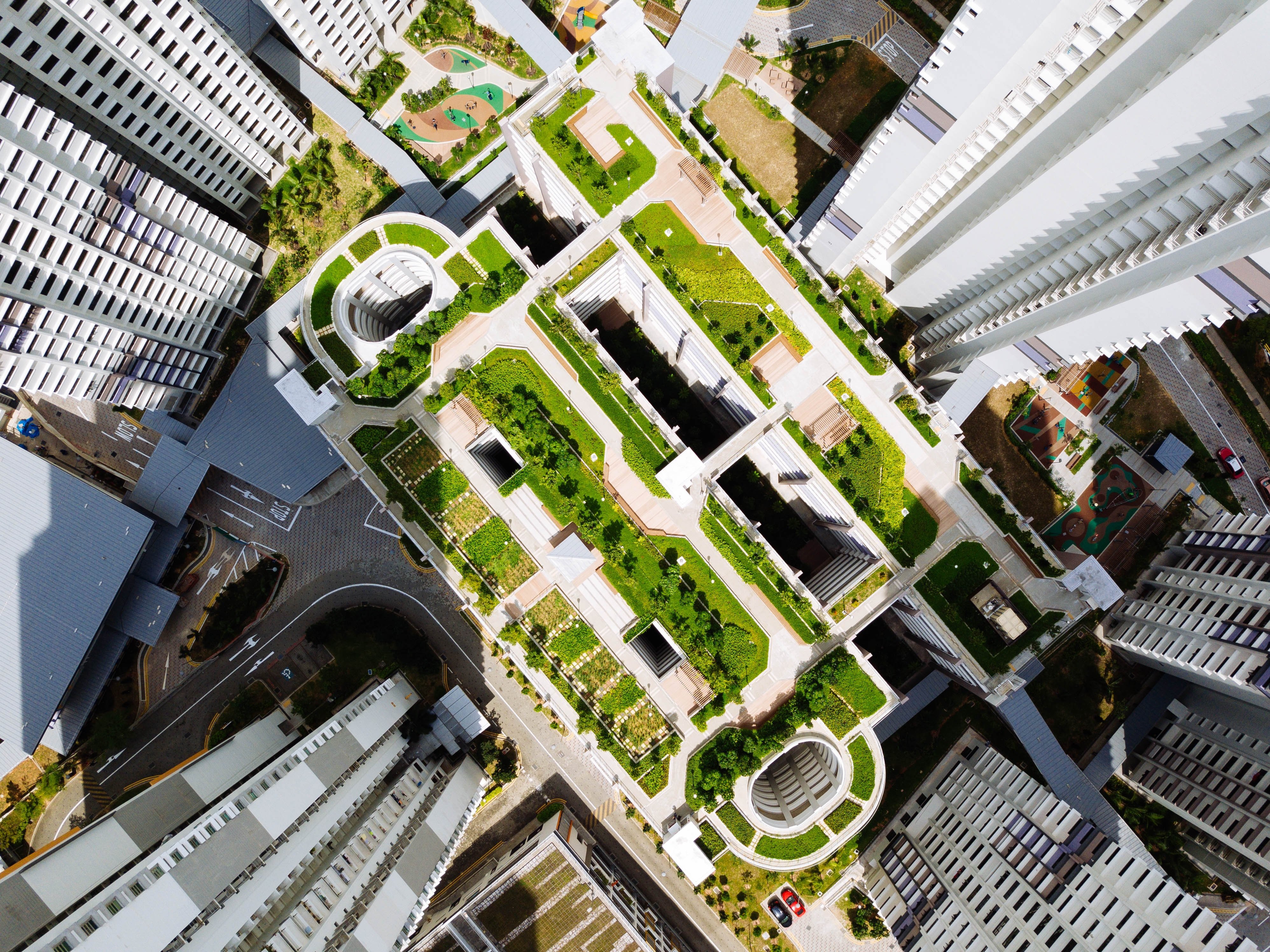
Step aside, conventional roofs! There's a new trend in town, and it's cooler than Ice Cube in the late '80s. That's right, we're talking about sustainable commercial roofing, where green is not just a color but a state of mind. This isn't your average roofing game; it's a rooftop revolution that's turning heads and saving the planet one solar panel at a time.
At RoofCrafters, we’ve been installing traditional and sustainable roofing for nearly 30 years now, and we’ve seen firsthand the uprising of building owners going green. There are quite a few people who care about their carbon footprint, who knew? After all, we only have one earth folks, so shifting to an environmentally conscious roofing choice is something the professionals respect, and continuously adapt their installation methods with.
That being said, if you’re looking to switch gears and get back into Mother Nature’s good graces, you’ve come to the right place. In this article, we’ll be discussing the latest sustainable commercial roofing trends, including cool roofing, green roofing, and solar roofing. Without further ado, let’s get started, shall we?
What Are the Latest Sustainable Trends in Commercial Roofing?
As of spring 2025, some of the latest sustainable commercial roofing trends or you might consider them eco-friendly trends, include:
Sustainability: There is a growing emphasis on sustainable roofing solutions. This includes the use of energy-efficient materials, such as cool roofs that reflect sunlight and reduce heat absorption, as well as the integration of solar panels and green roof systems.
Cool Roofing: Cool roofing systems are designed to reflect more sunlight and absorb less heat compared to traditional roofs. They can help reduce energy consumption for cooling and improve indoor comfort.
Green Roofing: Green roofs, also known as living roofs, involve the installation of vegetation and plants on the roof surface. They offer numerous benefits, including improved insulation, enhanced stormwater management, and increased biodiversity.
Solar Roofing: With the growing demand for renewable energy, integrated solar solutions are gaining traction in the commercial roofing sector. Solar panels can be seamlessly integrated into the roof surface, offering a dual-purpose solution for generating electricity and providing weather protection.
Embracing Sustainable Roofing Solutions
Commercial sustainable roofing refers to the implementation of environmentally friendly and energy-efficient practices. It involves the use of sustainable materials, advanced technologies, and design strategies aimed at reducing environmental impact and promoting energy conservation.
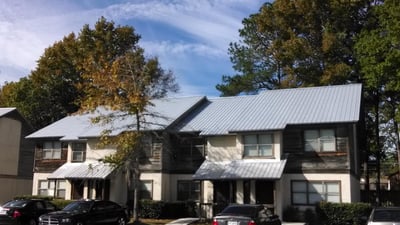
Recycled and recyclable materials, such as metal roofing or single-ply membranes made from recycled content, are eco-friendly roof options. These materials reduce the need for raw resources and promote a circular economy. Additionally, roof coatings are applied to enhance durability, provide waterproofing properties, and extend the lifespan of the roof, reducing waste and the need for premature replacements.
Cool Roofing: Reducing Heat Absorption
Cool roofing for commercial properties refers to the use of roof systems designed to reflect sunlight and reduce heat absorption, thus minimizing the amount of heat transferred into the building. Cool roofs typically have higher solar reflectance and thermal emittance properties, which help to maintain lower surface temperatures and reduce the need for excessive cooling.
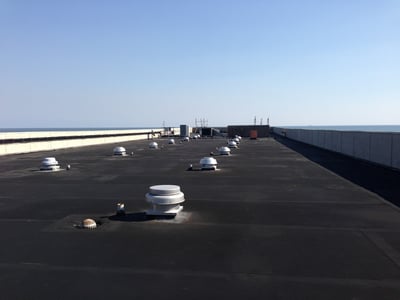
One key aspect of cool roofing is the use of reflective materials and coatings. These materials are designed to reflect a larger portion of the solar radiation that strikes the roof surface, preventing it from being absorbed and transferred into the building.
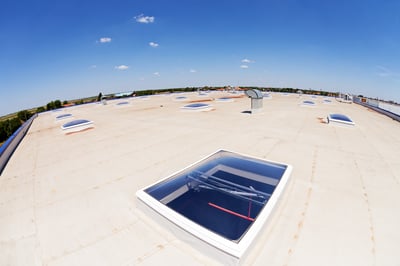
Common cool roofing materials include reflective coatings, membranes, tiles, and metal roofs with light-colored finishes. By reflecting sunlight, these roofs reduce the heat load on the building, leading to decreased energy consumption for cooling and improved indoor comfort.
Green Roofing: Benefits of Living Roofs
Green roofing, also known as living roofs or vegetated roofs, is a roofing system that involves the installation of vegetation, plants, and growing medium on the roof surface of a building. Green roofs offer a range of environmental, economic, and social benefits.
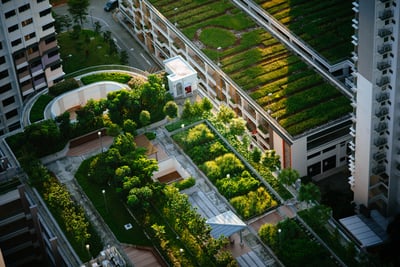
At its core, green roofing aims to transform an otherwise underutilized space into a functional and sustainable area. By incorporating vegetation, green roofs provide numerous advantages. First, they contribute to improved stormwater management by absorbing and retaining rainwater, reducing the volume and velocity of runoff, and minimizing strain on drainage systems.

Green roofs also play a vital role in enhancing energy efficiency. The vegetation and growing medium act as insulation, providing an additional layer of thermal resistance. This insulation effect helps to reduce heat transfer through the roof, decreasing the demand for cooling in the summer and heating in the winter. Consequently, energy consumption for climate control is lowered, leading to potential energy cost savings for the building owner after their new roof installation.
Solar Roofing: Harnessing Renewable Energy
Solar roofing refers to the integration of solar panel systems into the roof structure of a building. It involves the utilization of solar energy to generate electricity, harnessing the power of sunlight, and converting it into a renewable energy source. Solar roofing offers numerous advantages in terms of sustainability, energy independence, and cost savings.

The key component of solar roofing is the installation of solar panels on the roof surface. These panels are typically made up of interconnected solar cells that absorb sunlight and convert it into direct current electricity. The electricity generated by the panels can be used on-site to power the building's electrical systems or can be fed back into the grid for others to utilize.

By leveraging solar energy, solar roofing systems contribute to a significant reduction in greenhouse gas emissions. Solar power is a clean and renewable energy source that produces no harmful emissions during operation. By generating electricity from sunlight, solar roofs help to offset the use of fossil fuels and reduce dependence on traditional energy sources, thereby mitigating the environmental impact associated with electricity generation.
Innovations in Sustainable Roofing Materials
The evolution of sustainable roofing materials is transforming how commercial buildings are constructed and maintained. Innovations such as recycled metal roofs, single-ply membranes made from eco-friendly components, and biodegradable roofing options are setting new standards.

These materials not only reduce environmental impact but also offer increased durability and performance. The use of reflective coatings, green insulations, and advanced waterproofing technologies further enhances the sustainability of commercial roofs, making them more energy-efficient and long-lasting.
Financial Benefits of Sustainable Roofing
Investing in sustainable roofing can lead to significant financial benefits for commercial property owners. These include reduced energy costs due to improved insulation and reflective properties, potential tax incentives, and rebates for using eco-friendly materials.

Additionally, sustainable roofs often require less maintenance and have longer lifespans, which translates to cost savings over time. The initial investment in sustainable roofing can be offset by long-term savings and the added value to the property.
Sustainable Roofing: Why It Matters for Commercial Properties
As you now know, sustainable commercial roofing represents a significant shift towards environmentally conscious and energy-efficient practices in the construction industry. The integration of sustainable roofing solutions, such as cool roofs, green roofs, solar roofing, and the use of eco-friendly materials, is transforming commercial buildings into more sustainable, resilient, and cost-effective structures.
By adopting sustainable roofing practices, commercial properties can contribute to mitigating climate change, reducing energy consumption, and lowering greenhouse gas emissions. These roofs not only help to conserve energy and reduce the reliance on non-renewable resources but also provide financial benefits through energy cost savings, potential incentives, and extended roof lifespans.
Sustainable commercial roofing solutions also offer a range of additional advantages. Cool roofs contribute to improved indoor comfort, mitigate the urban heat island effect, and enhance the durability of the roof. Green roofs provide stormwater management, promote biodiversity, and create aesthetically pleasing and socially beneficial spaces. Solar roofing systems offer energy independence, resilience, and the ability to generate clean and renewable electricity on-site. If you’re interested in going green, be sure to hit the "Schedule MY Inspection" button down below to discuss the options available for your building with a roofing professional.
My name is Cassie, and I’m the Content Manager here at RoofCrafters. I was born and raised in Chicago, Illinois, and made my way out to Florida post-college graduation. I’m incredibly passionate about writing and creating valuable content that helps others with the collaboration of my marketing team. When I’m not working, I enjoy shopping (a little too much), spending time at the beach, and reading!



